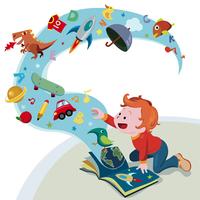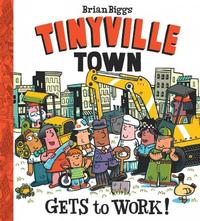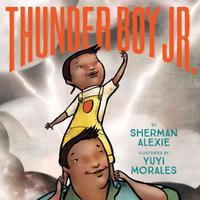Did you know that November is Picture Book Month?
No matter what picture book you open, you’ll find something to amuse, delight, and edify you, no matter how young or old you are. Illustrated books, especially for children, have been published in America since the mid-18th century. 19th century classics that have survived include collections by the Brothers Grimm and Hans Christian Anderson, Alice’s Adventures in Wonderland and Through the Looking Glass, and many of Charles Dickens’ works. These aren’t picture books, though, just kid-appropriate books with black-and-white illustrations.
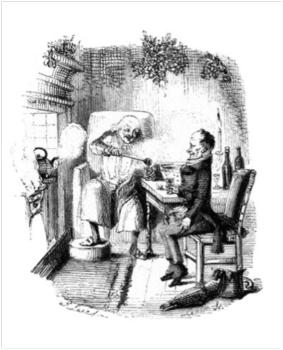
From A Christmas Carol, 1843 edition, illustrated by John Leech
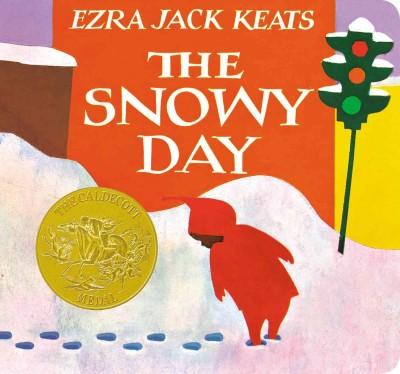 20th Century picture books are usually 32 or 48 pages in length. The Tale of Peter Rabbit, published in 1901, was only 24 pages, but what a wonderful 24 pages! Picture books have evolved in style, focus, character, and palette over the years. The art ranges from simple lines to elaborate double-page spreads. These types of books might have no words at all or have a sophisticated idea and employ two languages. The Biggest Bear by Lynn Ward, the 1953 Caldecott winner, features a boy who is tasked with killing his pet bear with a rifle. Curious George (1941) smokes a pipe, gets arrested, and winds up in jail for calling in a false fire alarm. Book characters were overwhelmingly white, but in the 1960’s author/illustrator Ezra Jack Keats helped to change that. A child of Polish Jews, Keats changed his name from Katz because of anti-Semitism. His picture books feature an ethnically diverse cast of characters, winning dozens of awards and honors, including the American Library Association’s Caldecott medal for The Snowy Day in 1963.
20th Century picture books are usually 32 or 48 pages in length. The Tale of Peter Rabbit, published in 1901, was only 24 pages, but what a wonderful 24 pages! Picture books have evolved in style, focus, character, and palette over the years. The art ranges from simple lines to elaborate double-page spreads. These types of books might have no words at all or have a sophisticated idea and employ two languages. The Biggest Bear by Lynn Ward, the 1953 Caldecott winner, features a boy who is tasked with killing his pet bear with a rifle. Curious George (1941) smokes a pipe, gets arrested, and winds up in jail for calling in a false fire alarm. Book characters were overwhelmingly white, but in the 1960’s author/illustrator Ezra Jack Keats helped to change that. A child of Polish Jews, Keats changed his name from Katz because of anti-Semitism. His picture books feature an ethnically diverse cast of characters, winning dozens of awards and honors, including the American Library Association’s Caldecott medal for The Snowy Day in 1963.
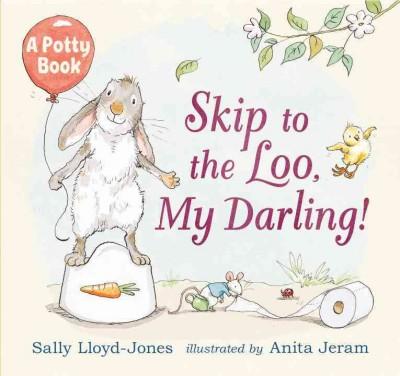 In addition to presenting the uniqueness and universality of children’s experiences, children’s picture books address specific issues in factual, thoughtful, and whimsical ways. Potty training titles available at the Free Library range from Joanna Cole’s Your New Potty (1989) to Skip to the Loo, My Darling: A Potty Book (2016). There are books that contribute to emergent literacy – colors, shapes, counting, the alphabet, and graded reading levels. There are books that help kids solve personal problems and further their knowledge of the world
In addition to presenting the uniqueness and universality of children’s experiences, children’s picture books address specific issues in factual, thoughtful, and whimsical ways. Potty training titles available at the Free Library range from Joanna Cole’s Your New Potty (1989) to Skip to the Loo, My Darling: A Potty Book (2016). There are books that contribute to emergent literacy – colors, shapes, counting, the alphabet, and graded reading levels. There are books that help kids solve personal problems and further their knowledge of the world
around them.
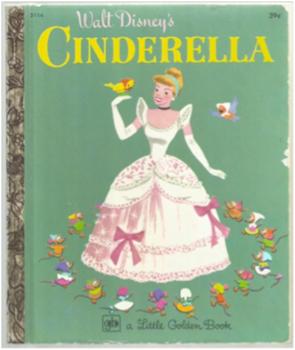 When I was little, my picture book collection began when we went food shopping on Friday nights. My parents had just taken me to see Cinderella, and there on a shelf I could reach was the Disney Little Golden Book version. If you’d like to see a copy of the version I enjoyed in 1956, contact Chris Brown, Curator of Children’s Literature Research Collection at brownc@freelibrary.org.
When I was little, my picture book collection began when we went food shopping on Friday nights. My parents had just taken me to see Cinderella, and there on a shelf I could reach was the Disney Little Golden Book version. If you’d like to see a copy of the version I enjoyed in 1956, contact Chris Brown, Curator of Children’s Literature Research Collection at brownc@freelibrary.org.
My sister’s picture book collection began when our parents signed us up for an easy reader Book of the Month Club. The whole family enjoyed the Dr. Seuss, P.D. Eastman, and other books that arrived like clockwork. Today, thousands of picture books are available at your library or bookstore, and also at your fingertips. Check out ebooks for kids with your library card on our Overdrive and Tumblebooks Digital Media services. Two of my particular favorites published recently are by local author / illustrator Brian Biggs’ Tinyville Town Gets to Work! and Sherman Alexie’s Thunder Boy Jr.
Check out some of these great picture books with the children in your life (or relive some of your own childhood reading memories) and Happy Reading!
Have a question for Free Library staff? Please submit it to our Ask a Librarian page and receive a response within two business days.

